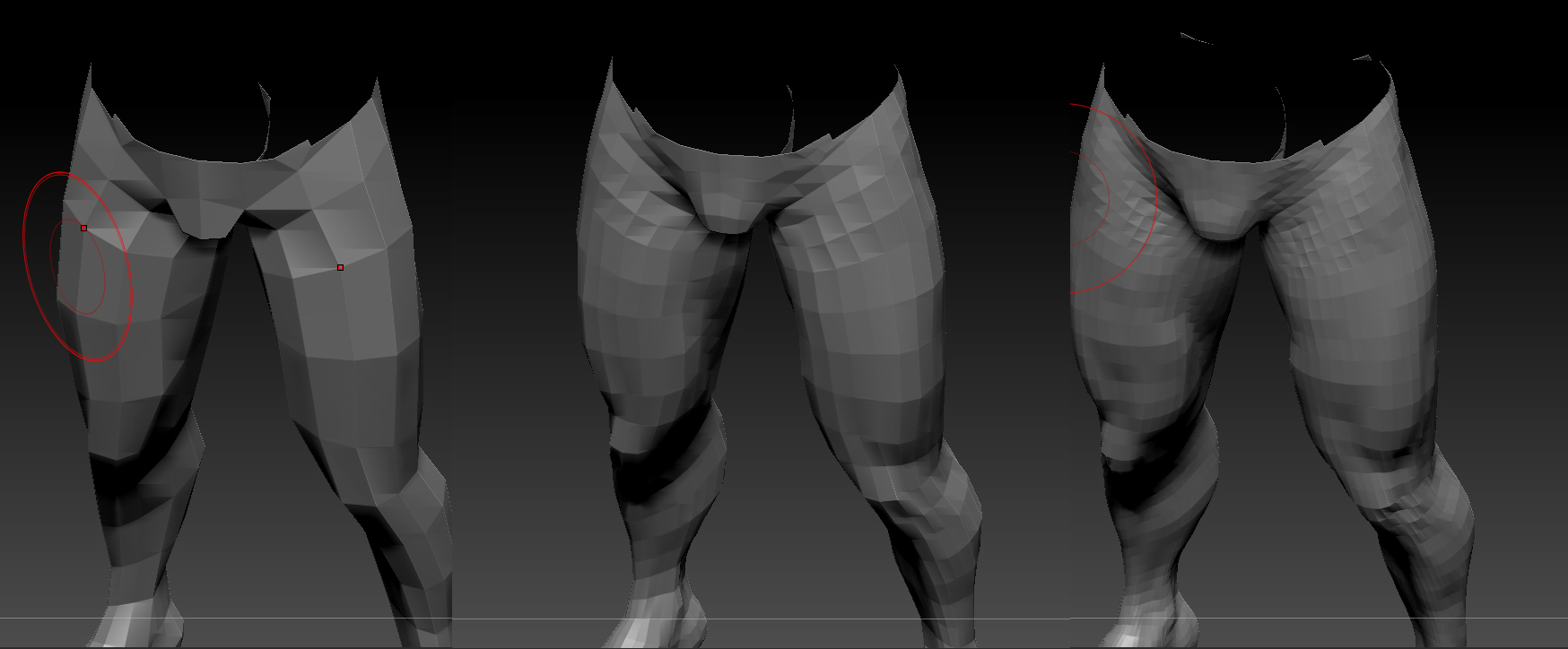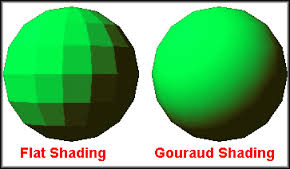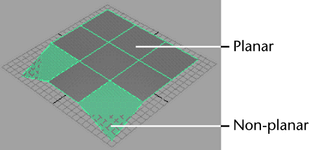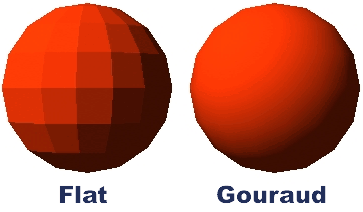Hi all, I recently got zbrush, and due to some problems I had to deal with, couldn’t get into like I wanted, until recently.
I purchased it when it was 4r6 (i think it was 4r6 p2) and ‘played’ a bit with it but that’s all, and I loved it. But then I upgraded to 4r7, and again, played just a bit with it, and still loved it, but as I said, couldn’t get really into it until recently, and now it’s patched at 4r7 p3.
So I’m really starting to put the hours into, learning and trying different stuff that suit my style, and suddenly, something big bother me, it bother me to a point where I can’t enjoy sculpting in that app anymore (yes it’s that big)
So I need your help figuring this out, because I don’t know if it’s my eyes that pick this up only now, or if it is the way zbrush deal with quad surface and ‘smooth normals’
Ok now that the introduction is made, let me show you exactly what is bothering me with some screenshots.
As you can see, this can’t be right, the effect is less eye damaging when resolution go up of course, but playing with the low resolution model is too important, and with such a bad surface reading…
and now the same model in sculptris, just as a quick comparison (I know they both are handling shading differently)
As you can see, although it can be argued that surface is less sharp in sculptris (and it’s true) at least the reading on the surface is correct, you don’t expect concave in the middle of a quad that is part of a convex surface for the most part.
What can possibly allow me to have a viewport that display the surface a bit closer than what sculptris does in zbrush? have something gone wrong in my update, is there a setting that I have messed up with that could explain this? Or is this how zbrush handle surfaces?
Again, i’m not certain if it’s the way zbrush handle surface (quads in particular) but my eyes picked this, and I can’t see anything else lately, I see it on every model, even spheres…
Attachments
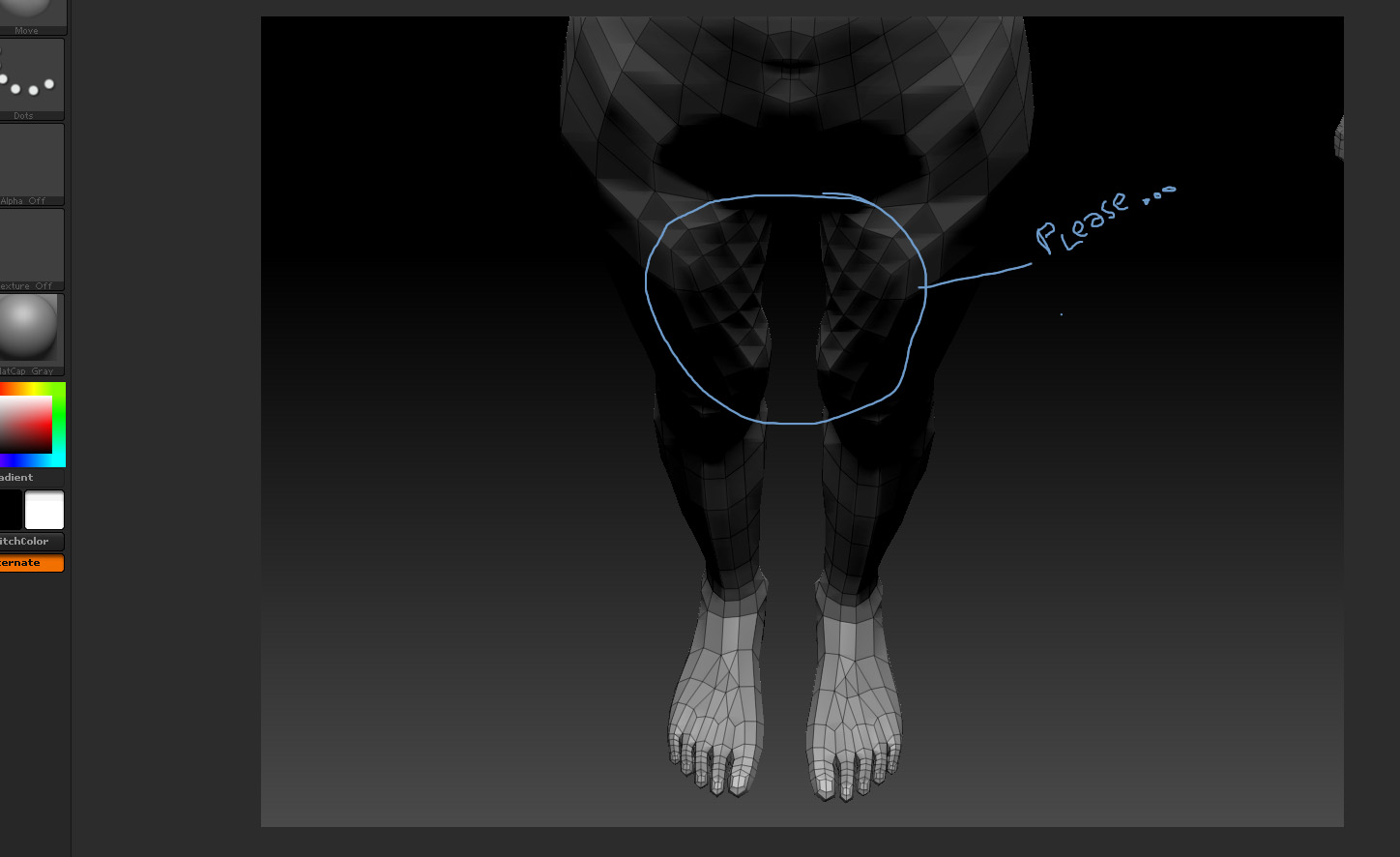
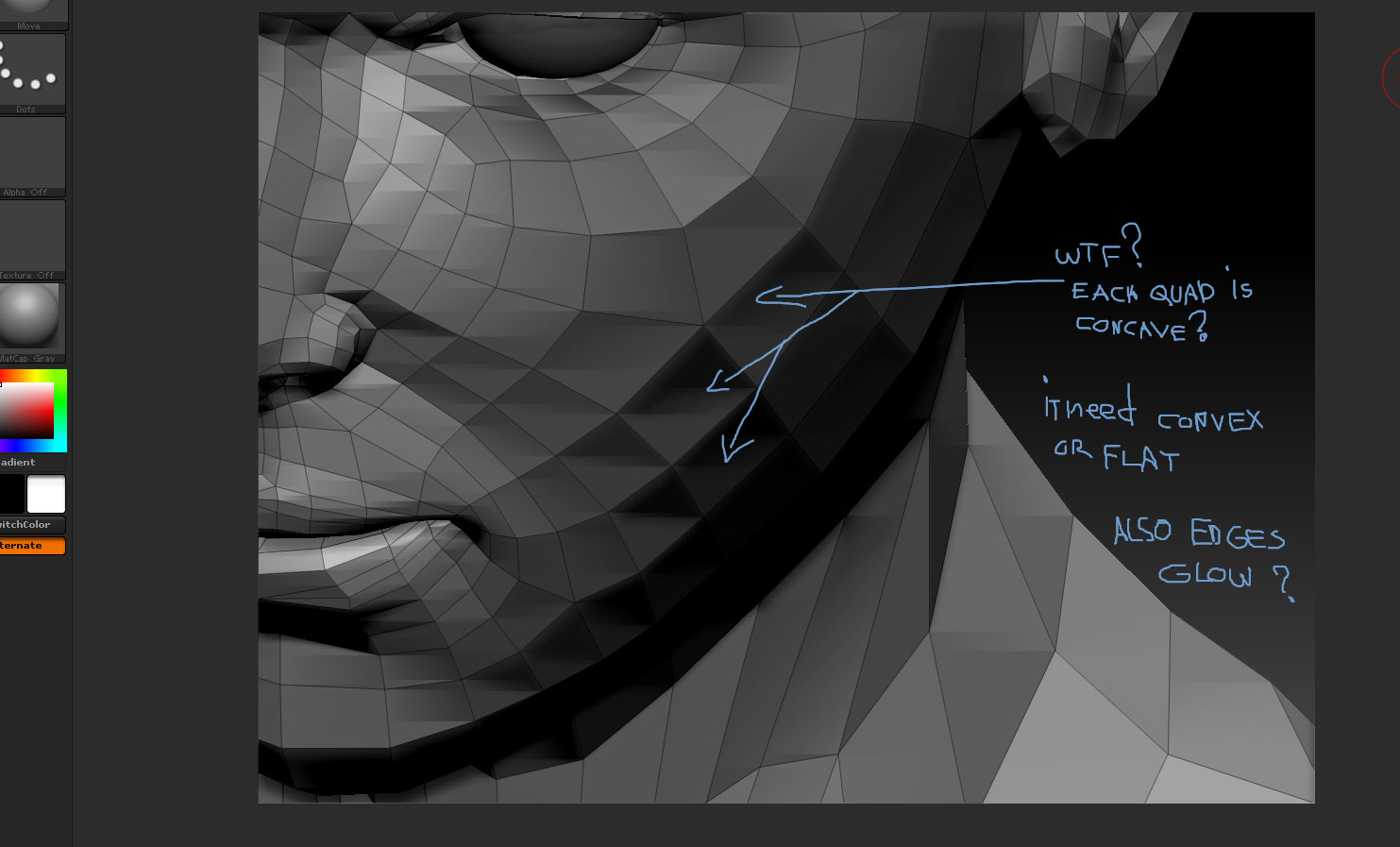
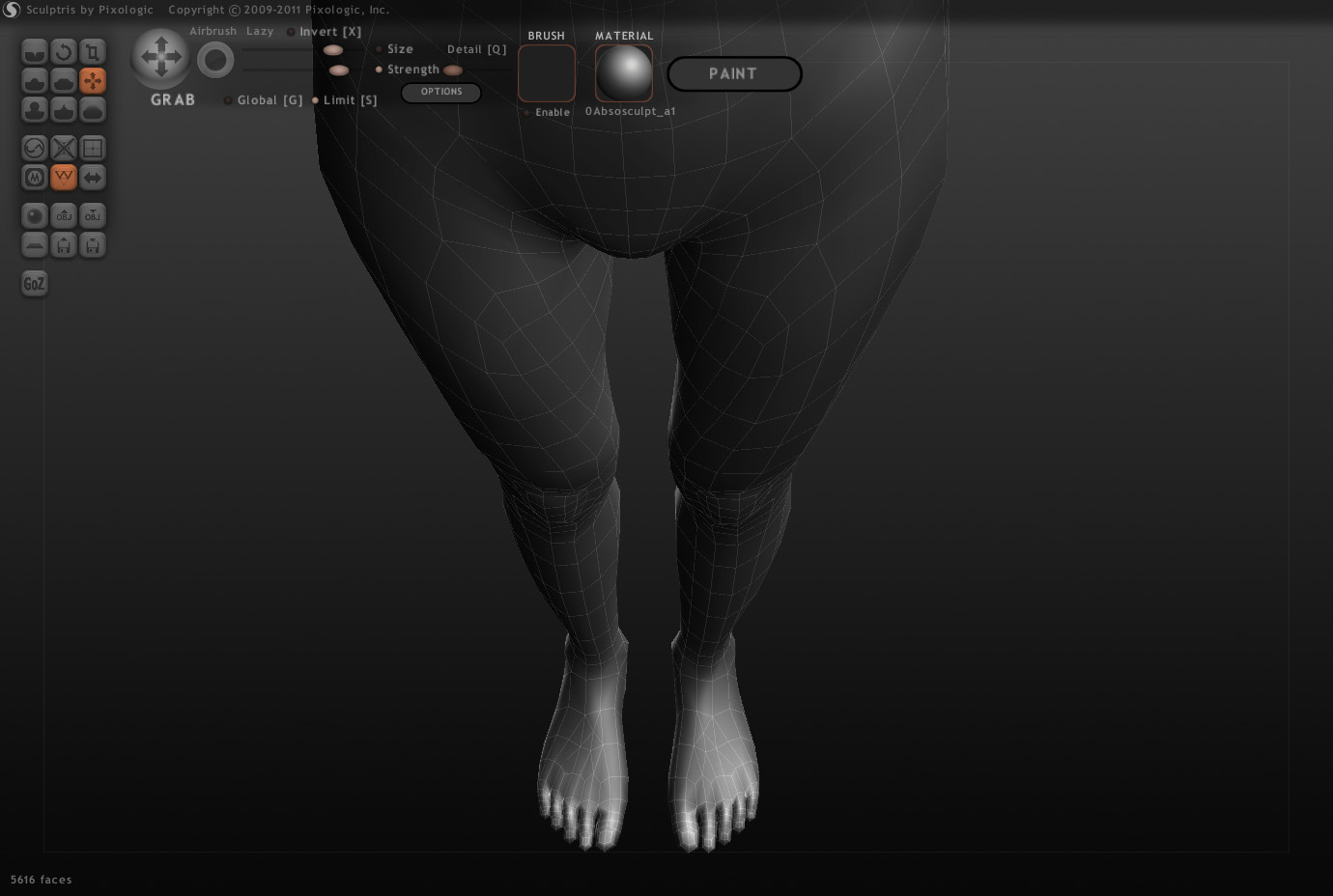
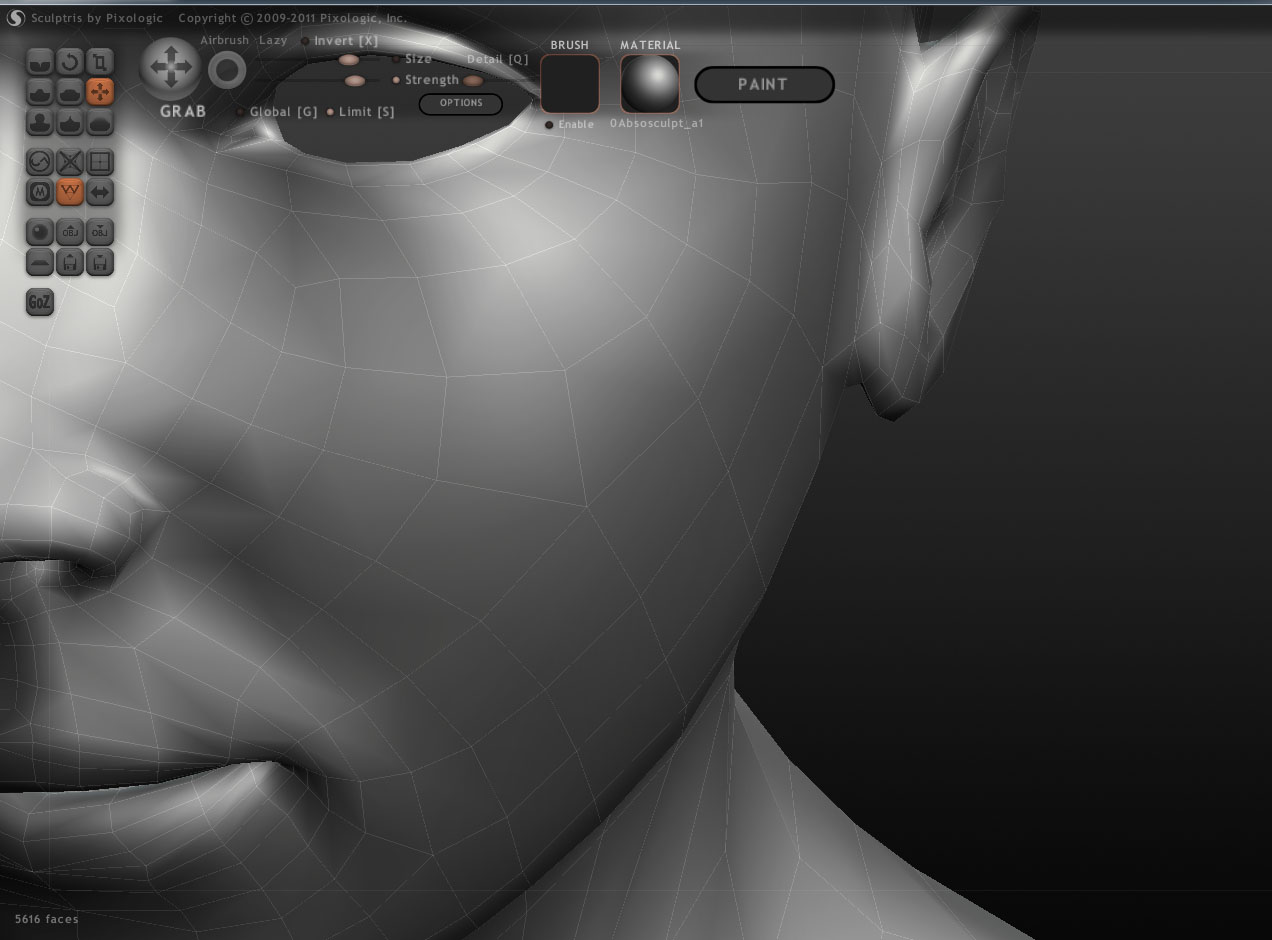

 all of them with that concave problem, but overall look smooth on the big quad.
all of them with that concave problem, but overall look smooth on the big quad.